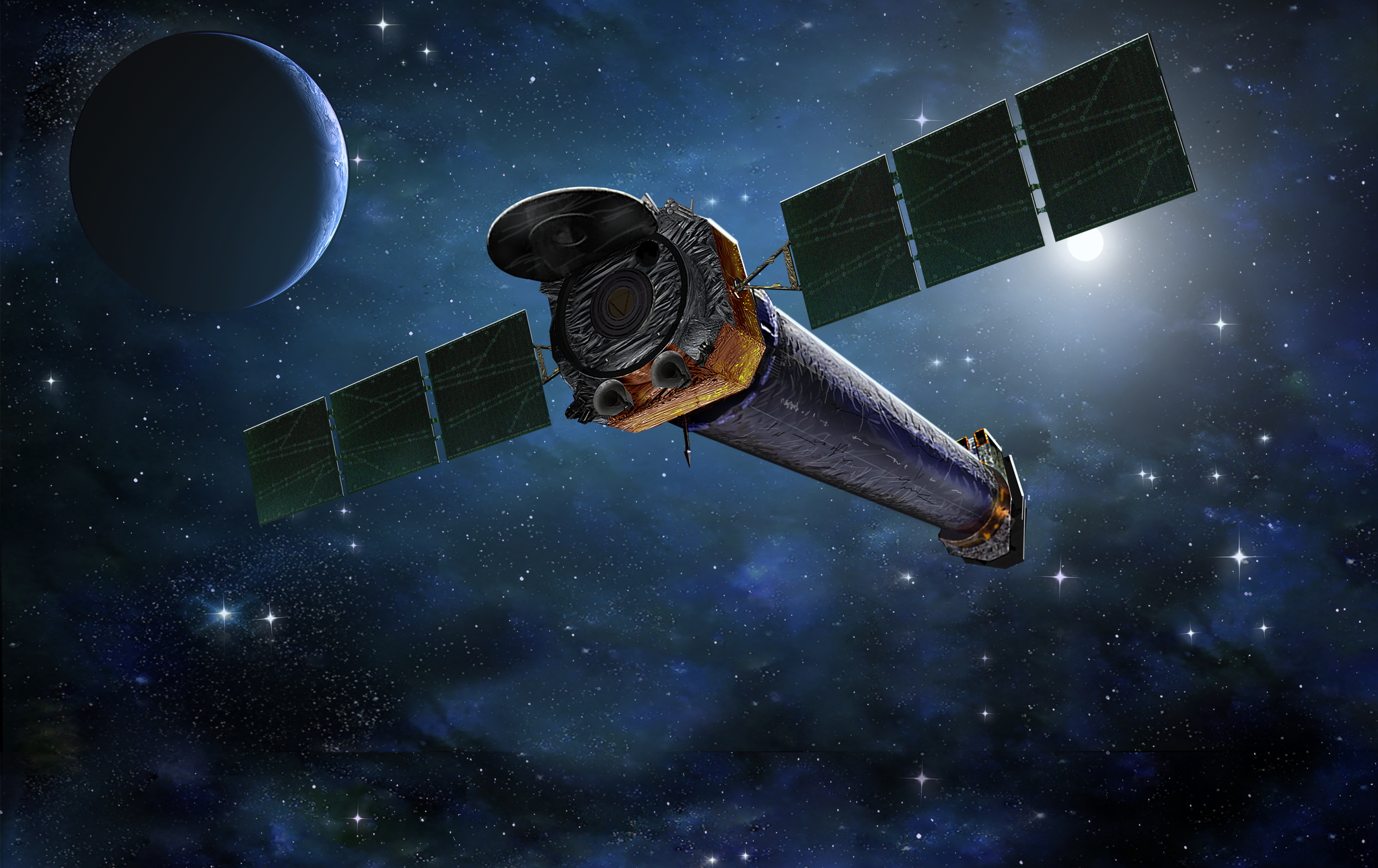Eileen Collins: A Career Full of Firsts
 |
| Colonel Eileen Collins has logged 38 days, 8 hours, and 20 minutes in space! |
What were you saving up for as a teenager? A car, perhaps, or an outfit for prom? At 19, American astronaut and Air Force colonel Eileen Collins was saving up for private flying lessons. She worked part-time at a pizza parlor throughout high school to save up the $1,000 she needed.
Born in Elmira, New York, in 1956, Colonel Collins made her fondest childhood memories watching planes take off at the airport and at Harris Hill. She knew she wanted to become an astronaut since the fourth grade. "I don’t remember consciously feeling like I couldn’t do it because they were all men and I was a young girl," she said. "I remember thinking, I’ll just be a woman astronaut." She didn't realize until high school how difficult it would be for her to become an astronaut as a woman.
Collins grew up in a family of six with little room to afford luxuries. They relied on food stamps and lived in low-income housing, requiring her to take her own initiative to save up for her dreams. As soon as she began her flying lessons, she realized she wanted to become a professional pilot.
Collins earned an associate's degree in mathematics Corning Community College in New York, then joined the Reserve Officer Training Corps (ROTC) to prepare for a career in the Air Force. An ROTC scholarship allowed her to enroll at Syracuse University, where she graduated with a bachelor's degree in mathematics and economics in 1978.
Collins, along with 120 other women, applied to the Undergraduate Pilot Training school at the Vance Air Force Base in Oklahoma. She one of four women accepted into the program. The rest of her class, totaling 320 people, were men. As one of the only women at the training school, Collins took the training school's staff by surprise: "The wives don't want you here," joked one woman upon seeing her in her flight suit. "They don’t want you going cross-country with their husbands!" After this encounter, Collins got to know the wives of the men in the program in order to make women pilots feel more integrated into the program.
"I would like to see more people traveling to space someday... It's such an incredible experience."
During her training, Colonel Collins kept herself focused on being the best pilot she could be, making sure not to be distracted by social affairs irrelevant to the mission. Her hard work paid off—at twenty-three, Collins became the Air Force's first female flight instructor and taught flying in Oklahoma, California, and Colorado until 1990.
During the 1983 invasion of Grenada, Colonel Collins commanded the C-141 Starlifter to deliver troops and evacuate medical students. She continued her studies in various programs, earning a master's degree in operational research and space systems management from Stanford and Weber Universities, respectively. In 1990, she became one of the first women to graduate from the Air Force Test Pilot School. That year, she was chosen by NASA to become an astronaut.
After completing her training, Collins started out by providing engineering support for unmanned orbiting systems. In 1995, she piloted the orbiter Discovery during a docking mission to the Russian space station Mir, making her the first woman pilot of an American spacecraft. Upon her return to Earth she was greeted with the Harmon Trophy, which commends the highest achievements in space flight.
"Thank you for doing what you are doing," one woman said to her during her visit to the Kennedy Space Center following her first mission. "It makes guys respect us more." Collins realized then how significant her achievements were in paving the way for women in space: "This isn’t just about me," she said. "This is really a big, big deal."
 |
| Chandra X-Ray Observatory - NASA |
Collins piloted a second Discovery-Mir mission in 1997 and in 1999, lay down another milestone by becoming the first American woman to command a space shuttle. She took the space shuttle Columbia into orbit to launch the Chandra X-Ray Observatory. This mission kicked off with a rocky start; despite faulty wiring and leaky fuel lines, however, Collins remained calm and collected and guided the crew through a safe and successful mission.
On February 1, 2003, seven astronauts died as the space shuttle Columbia entered the atmosphere. This tragedy became known as the Columbia disaster, and it grounded NASA's entire shuttle fleet for two years. In 2005, Collins commanded the Discovery once more to test out new safety modifications and to resupply the ISS. She retired from the Air Force that year and from NASA in the following year to pursue private interests. In her free time, she enjoys running, golfing, hiking, fishing, camping, reading, photography, and astronomy.
In 2016, Colonel Collins was inducted into the Irish American Hall of Fame. March marks not only Women's History Month but also Irish American Heritage Month, first proclaimed by Congress in March 1991. It's fitting, then, to celebrate Collins as an Irish American woman who achieved so many firsts.
Collins hopes that young women will continue to command space shuttles as she did, encouraging them to start out as test pilots to propel them into their careers. "The young people are going to be the ones to take us on to more exciting adventures," she affirmed. "My advice to young people is, go into the field you are most interested in. If you love your job, you'll do well in your job."
She dreams of one day returning to space as not a pilot, not a commander, but a tourist. "I would like to see more people traveling to space someday... It's such an incredible experience."
 |
| Collins at the Johnson Space Center, Nov. 2002 - NASA |

Comments
Post a Comment